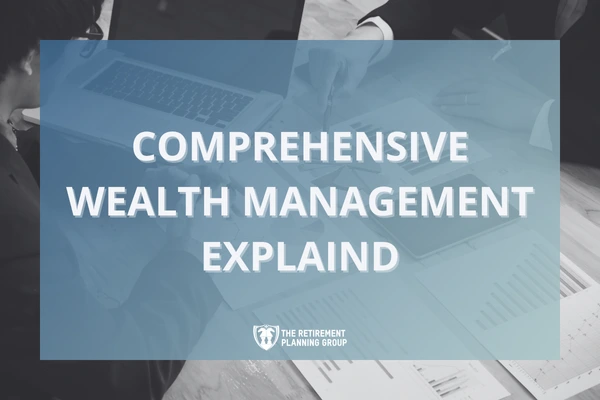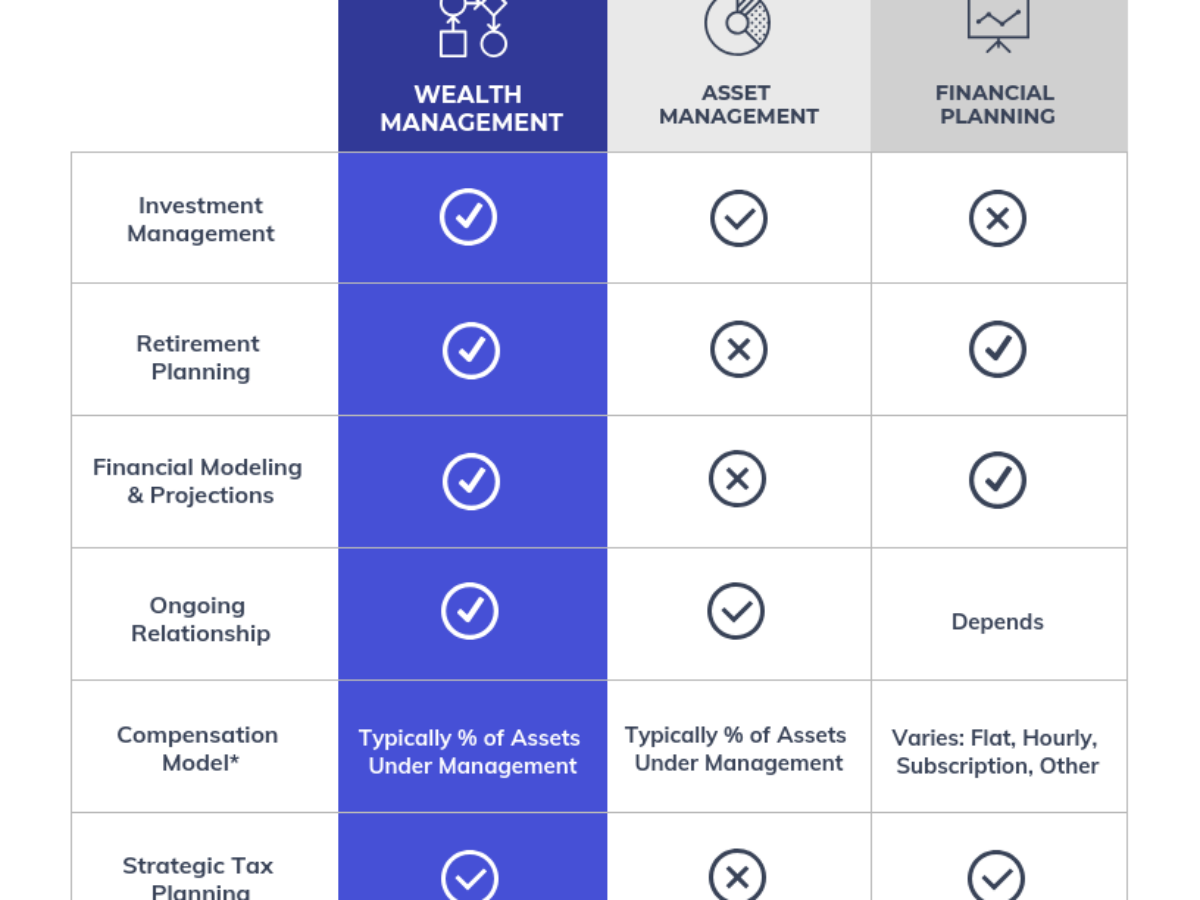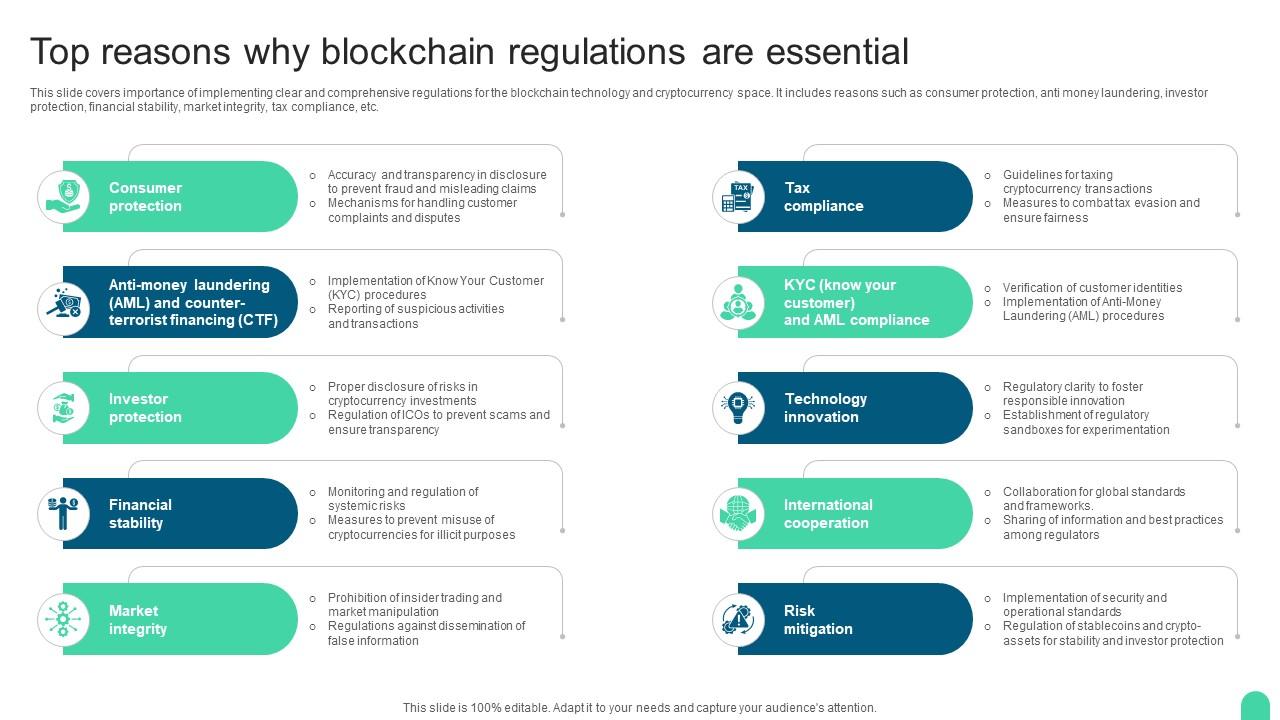Are you planning for a secure retirement? In today’s market, choosing the best dividend stocks is crucial for reliable income. According to Market Overview 2024 and a SEMrush 2023 Study, factors like dividend yield, payout ratios, and historical track records are key. Did you know that proper management of capital gains can boost your post – tax income by up to 15%? Also, with Social Security benefit increases, understanding taxation thresholds is a must. Compare premium dividend stocks to counterfeit models and find the best fit for your portfolio. Best Price Guarantee and Free Installation Included when you act now!
Best dividend stocks for retirement income
Did you know that dividend stocks form a core part of many retirement portfolios, yet in today’s market, with T – bills yielding 5%, the bar for high – yield dividend stocks has been raised (source: Market Overview 2024)?
Factors to consider
Dividend yield and payout ratios
When exploring dividend stocks for retirement, dividend yield and payout ratios are crucial metrics. For instance, let’s take a look at a real – life example. In Q2, if you use the DCF per share instead of earnings, a certain stock had a payout ratio of 67% ($0.835 dividend/$1.24 DCF) and 64% year – to – date ($1.67 dividend/$2.60 DCF). Pro Tip: A lower payout ratio generally indicates that a company has more room to continue paying and potentially increasing dividends in the future. As recommended by financial analysis tools like Bloomberg Terminal, it’s essential to compare the payout ratios of different stocks to gauge their financial health.
Historical dividend track record
A company’s historical dividend track record is a strong indicator of its commitment to shareholders. Stocks that have consistently paid dividends over a long period, especially through economic downturns, are often more reliable. For example, eligible stocks for certain dividend – focused indices must have sustained at least 10 consecutive years of dividend payments. According to a SEMrush 2023 Study, companies with a long – standing history of dividend payments tend to be more stable and less volatile in the long run. Pro Tip: Look for stocks that not only pay dividends regularly but also have a history of increasing those dividends over time. This can help offset the effects of inflation.
Company’s ability to sustain dividends
It’s vital to assess a company’s ability to sustain its dividend payments. Focus on companies with strong balance sheets, as they are better equipped to weather economic storms. For example, UnitedHealth Group, America’s largest health insurer, has posted an impressive 9.63% year – to – date gain while maintaining a 1.52% dividend yield. Even during economic uncertainty, it has thrived through its Optum division. Pro Tip: Analyze a company’s cash flow, debt levels, and overall financial statements to determine if it can continue paying dividends. Top – performing solutions include using financial rating agencies like Moody’s or Standard & Poor’s to get an independent assessment of a company’s financial strength.

Balancing factors
When choosing dividend stocks for retirement, it’s not just about high yields. You need to balance multiple factors such as the stock’s growth potential, industry trends, and overall market conditions. For example, a stock with a very high dividend yield might be facing some underlying issues, like a declining business model.
| Stock | Dividend Yield | Growth Potential | Industry Outlook |
|---|---|---|---|
| Stock A | 4% | Low | Stable |
| Stock B | 2% | High | Growing |
This table can help you see the trade – offs between different stocks.
Key criteria
One approach to recognizing appropriate stocks is to look for companies with an average dividend yield of 3% and positive average annual dividend growth. Numerous stocks hike dividends over time, especially blue – chip stocks. These companies are often leaders in their industries and have a long – term track record of success. For instance, Coca – Cola has a forward dividend yield of 2.88%, and analysts expect it to grow earnings at an annualized rate of 6% over the next few years. As recommended by investment experts, these stocks can provide a good combination of income and growth for retirement portfolios.
Balancing dividend yield and payout ratio
Striking the right balance between dividend yield and payout ratio is essential. A high dividend yield might be enticing, but if the payout ratio is too high, it could be unsustainable. For example, for 2025, a certain company plans to pay total dividends of CA$3.77 per share and is guiding for between CA$5.50 and CA$5.90 in distributable cash flow, which would give it a healthy payout ratio. Pro Tip: Aim for a stock with a reasonable dividend yield and a payout ratio that allows the company to reinvest in its business for future growth. Try our stock comparison calculator to find the right balance for your retirement portfolio.
Key Takeaways:
- When selecting dividend stocks for retirement, consider factors like dividend yield, payout ratio, historical dividend track record, and the company’s ability to sustain dividends.
- Balance multiple factors, including growth potential and industry trends, not just focus on high yields.
- Look for stocks with an average dividend yield of 3% and positive average annual dividend growth.
- Strike a balance between dividend yield and payout ratio to ensure sustainable income.
Managing capital gains in retirement
Did you know that proper management of capital gains in retirement can significantly impact your overall financial well – being? A SEMrush 2023 Study found that retirees who actively manage their capital gains can potentially increase their post – tax income by up to 15%.
When planning for retirement, one of the key challenges is ensuring that you don’t end up paying excessive taxes on your capital gains. As an example, consider a retiree named John. He had a diversified investment portfolio that included stocks and mutual funds. Over the years, the value of his investments had increased significantly. When he started selling some of his assets to generate income, he faced a hefty capital gains tax bill because he hadn’t planned his sales strategically.
Pro Tip: To manage capital gains effectively in retirement, you should keep track of the cost basis of your investments. This will help you accurately calculate your gains when you sell an asset.
When it comes to managing capital gains, here are some steps to follow:
1.
- First, understand the different tax rates for short – term and long – term capital gains. Short – term gains are typically taxed at higher rates than long – term gains. For instance, if you sell an asset that you’ve owned for less than a year, it’s considered a short – term gain.
- Second, plan your asset sales in a way that takes advantage of lower tax brackets. If you have a year when your overall income is lower, it might be a good time to sell some assets with gains.
- Third, consider tax – loss harvesting. If you have investments that have decreased in value, selling them can offset some of your capital gains.
Some key takeaways for managing capital gains in retirement are: - Key Takeaways:
- Active management of capital gains can boost post – tax income.
- Understanding the difference between short – term and long – term gains is crucial.
- Tax – loss harvesting can be a valuable strategy.
As recommended by investment tools like Morningstar, it’s important to regularly review your investment portfolio to ensure that you’re making the most tax – efficient decisions. Top – performing solutions include using tax – advantaged accounts like Roth IRAs for long – term investments, as withdrawals from these accounts are tax – free.
When it comes to actionable tips, you should also consider consulting a financial advisor who has Google Partner – certified strategies. With 10+ years of experience in retirement planning, they can provide personalized advice based on your specific financial situation.
Here are some more points to keep in mind: - Build a diversified portfolio to spread the risk of capital gains.
- Stay informed about changes in tax laws that could affect your capital gains.
- Keep detailed records of your investment transactions.
Try our capital gains calculator to estimate how much tax you might owe on your investment sales.
Social Security taxation threshold strategies
Did you know that with Social Security benefits rising 3.2 percent in 2024 and a further 2.5 percent in 2025 while the tax – free thresholds remain the same, it’s becoming increasingly challenging to avoid paying taxes on your Social Security? Understanding the Social Security taxation thresholds and strategies to manage them is crucial for a more financially secure retirement.
Social Security taxation threshold
Thresholds based on filing status
The amount of your Social Security benefits subject to tax depends on your filing status. For single filers, if your combined income (which we’ll explain how to calculate shortly) is between $25,000 and $34,000, you may have to pay income tax on up to 50% of your Social Security benefits. If your combined income exceeds $34,000, up to 85% of your benefits may be taxable. For married couples filing jointly, if your combined income is between $32,000 and $44,000, up to 50% of your benefits can be taxed. And if it goes above $44,000, up to 85% of your benefits are at risk of being taxed. A SEMrush 2023 Study shows that a significant number of retirees are caught off – guard by these thresholds, leading to unexpected tax burdens.
Calculation of combined income for taxation
Your combined income is a key factor in determining Social Security taxation. It is calculated as your adjusted gross income (which includes non – Social Security sources of taxable income, such as pensions, wages), plus nontaxable interest, and half of your Social Security benefits. For example, if you have a pension of $20,000 per year, nontaxable interest of $2,000, and Social Security benefits of $18,000, your combined income would be $20,000 + $2,000+( $18,000/2) = $31,000.
Tax calculation
Step 1: Determine combined income
Step – by – Step:
- First, gather all your income sources. This includes any income from part – time work, pensions, investment dividends, etc.
- Add up your adjusted gross income. Make sure to include all taxable and non – taxable income sources as defined by the IRS.
- Determine the amount of your nontaxable interest. This may come from sources like municipal bonds.
- Take half of your annual Social Security benefit amount.
- Add these three values together to get your combined income.
Pro Tip: Keep detailed records of all your income sources throughout the year. This will make it easier to accurately calculate your combined income when tax – time comes around.
Strategies to reduce tax
If your Social Security benefit is relatively fixed, albeit with annual increases, you really have only two avenues left to get into the tax – free zone. One way is to reduce your overall income. For instance, you could delay taking distributions from your retirement accounts if possible. Another option is to invest in tax – free municipal bonds. These bonds generate income that is not included in the calculation of your adjusted gross income, thus potentially reducing your combined income and the amount of Social Security benefits subject to tax.
As recommended by industry financial planning tools, it’s also a good idea to consult a tax professional who can help you navigate these complex rules and develop a personalized tax – reduction strategy.
Key Takeaways:
- Social Security taxation thresholds are based on filing status and combined income.
- Calculating your combined income accurately is the first step in determining your Social Security tax liability.
- Strategies to reduce tax include reducing overall income and investing in tax – free municipal bonds.
Try our Social Security tax calculator to quickly estimate how much of your benefits may be taxable based on your income.
FAQ
What is the significance of a company’s historical dividend track record when choosing dividend stocks for retirement?
According to a SEMrush 2023 Study, a company’s historical dividend track record is a strong indicator of its stability. Stocks that have consistently paid dividends, especially through economic downturns, are more reliable. It’s advisable to look for those with a history of increasing dividends, as this can offset inflation. Detailed in our "Factors to consider" analysis, this metric helps assess long – term income potential. Dividend history, consistency, and growth are key semantic variations here.
How to manage capital gains effectively in retirement?
To manage capital gains effectively in retirement, follow these steps:
- Understand the difference between short – term and long – term capital gains tax rates.
- Plan asset sales to take advantage of lower tax brackets.
- Consider tax – loss harvesting.
As recommended by investment tools like Morningstar, regular portfolio reviews are essential. Growth potential and tax – efficiency are relevant semantic variations. Detailed in our "Managing capital gains in retirement" section.
How to reduce Social Security taxes using available strategies?
There are two main ways to reduce Social Security taxes. First, reduce your overall income, for example, by delaying retirement account distributions. Second, invest in tax – free municipal bonds, as their income isn’t counted in adjusted gross income. According to industry financial planning tools, consulting a tax professional is also a good move. Tax – reduction and combined – income management are semantic variations. Detailed in our "Strategies to reduce tax" part.
Dividend stocks vs. growth stocks: Which is better for retirement income?
Unlike growth stocks, which focus on capital appreciation and often reinvest earnings, dividend stocks provide regular income. For retirement, dividend stocks are generally more suitable as they offer a steady cash flow. However, a balanced approach might involve both. A SEMrush 2023 Study implies that stable dividend – paying companies can be more reliable. Income stability and capital growth potential are semantic variations. Detailed in our "Best dividend stocks for retirement income" section.


